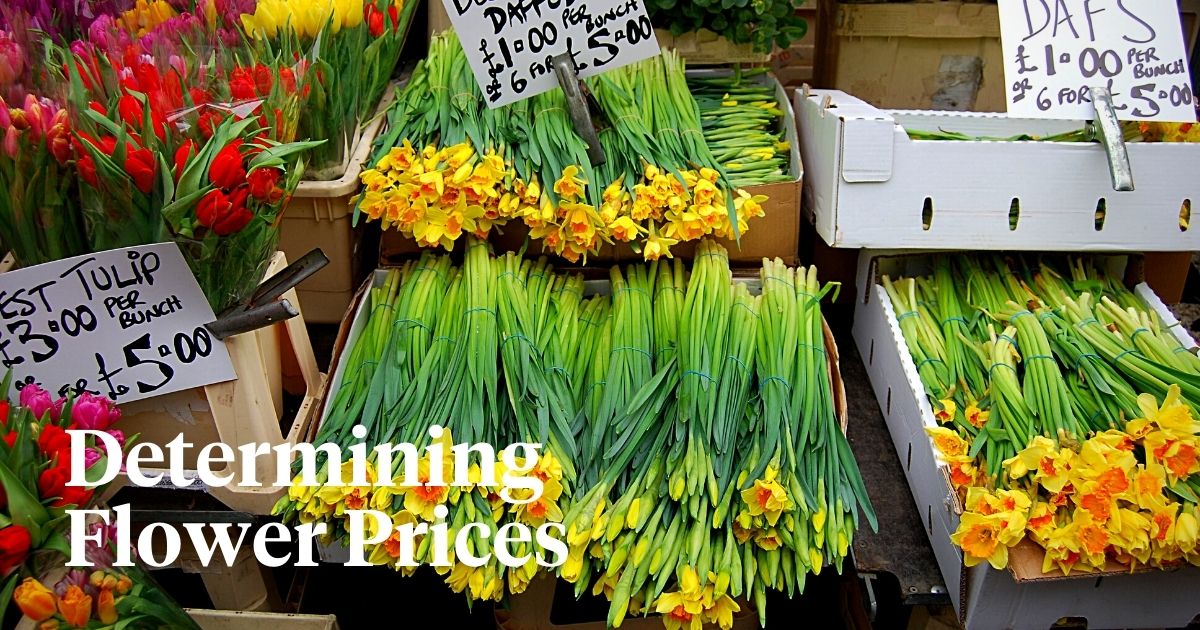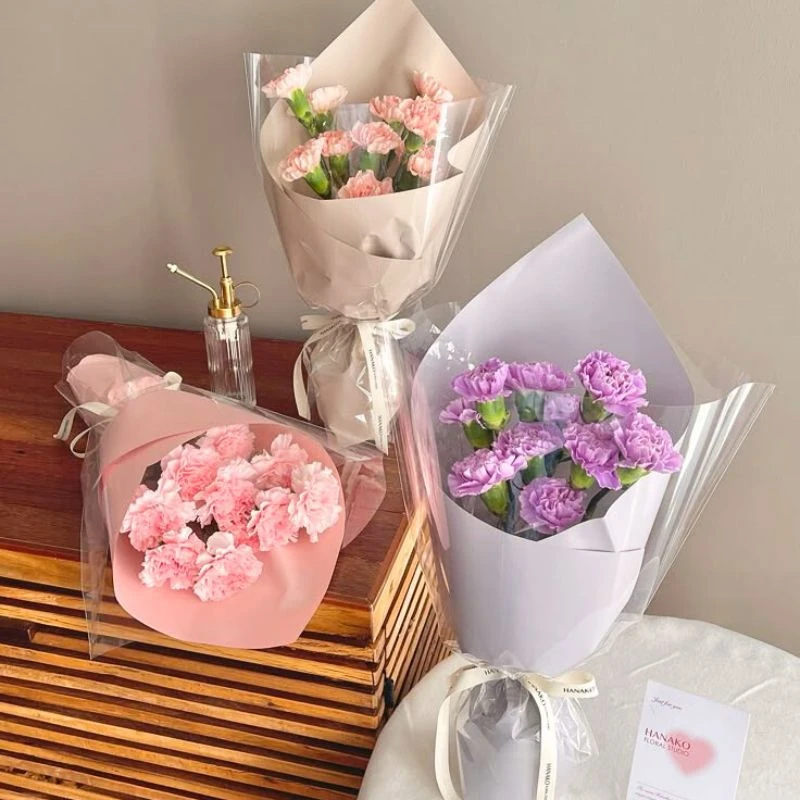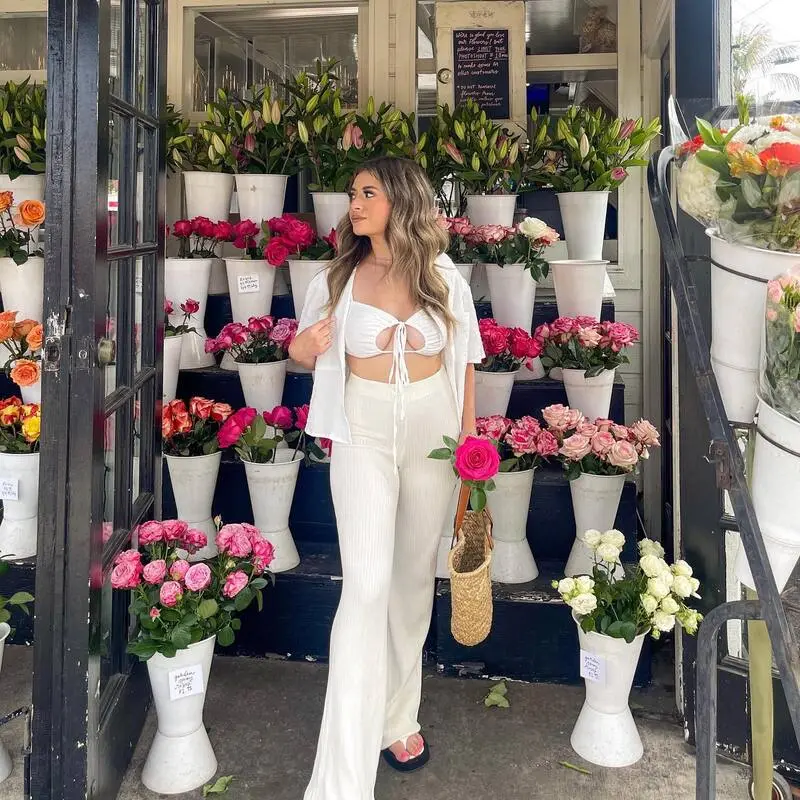Have you ever been to a shop where they have all their prices ending in $xx.95? Do you even do it in your business? Some people think it projects a feeling of higher quality for the whole shop. But is this really the case? Well, there must be something to it after all. There are, also, other shops that put their prices at .99. That means they’re getting an extra 4p for every single item they sell, and we all know the saying "Look after the pennies and the pounds will take care of themselves."
Pricing strategies play a crucial role in shaping customer perceptions and driving business success. Two pricing models have gained prominence in this regard. These approaches harness the power of psychology and consumer behavior to create a sense of appeal, exclusivity, and value for customers, hence increasing sales. In addition, here are 10 tips on how to boost your flower sales this Christmas.
What Is the Meaning of Charm and Prestige Pricing?
Charm pricing, also known as psychological pricing, involves setting prices just below rounded numbers, such as $9.99 instead of $10. This approach takes advantage of consumers' cognitive biases and perception of value.
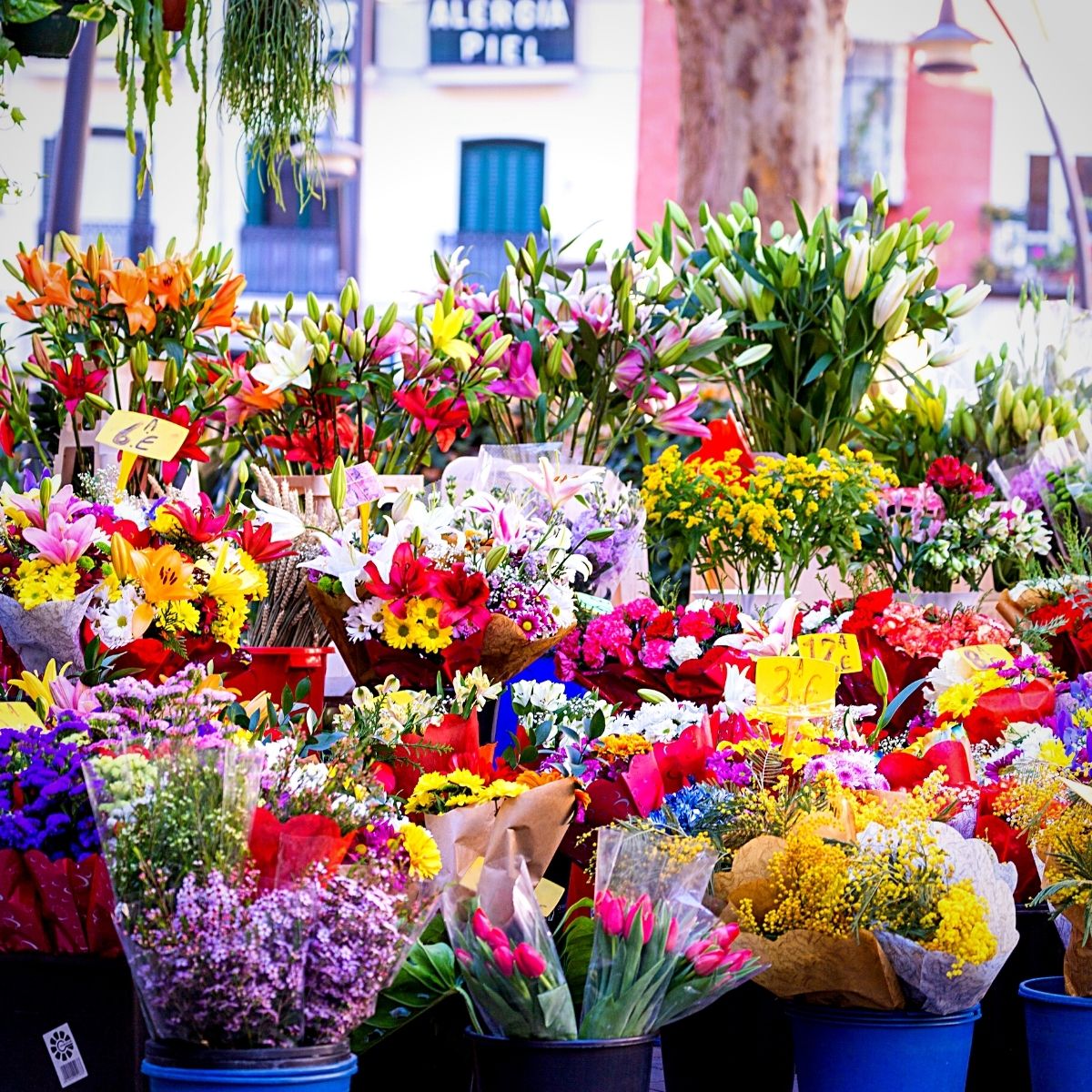
Photo by Richard Melick
The charm lies in the belief that prices ending in .99 appear significantly lower than the next whole number. This subtle difference can create a positive impression and encourage customers to perceive the price as a bargain.
On the other hand, prestige pricing, also known as premium pricing, is a strategy that involves setting higher prices to position products or services as exclusive, luxurious, and of superior quality. This approach capitalizes on the psychology of prestige, where customers associate higher prices with enhanced status, craftsmanship, and exclusivity.
Take this example, for instance, you have somewhere like Harrods where they’ve just done away with the pence altogether and sell everything at whole pounds prices. So, what’s going on? They can’t all be right, because they’re doing different things. Well, it turns out that there are a couple of different psychological strategies being employed here.
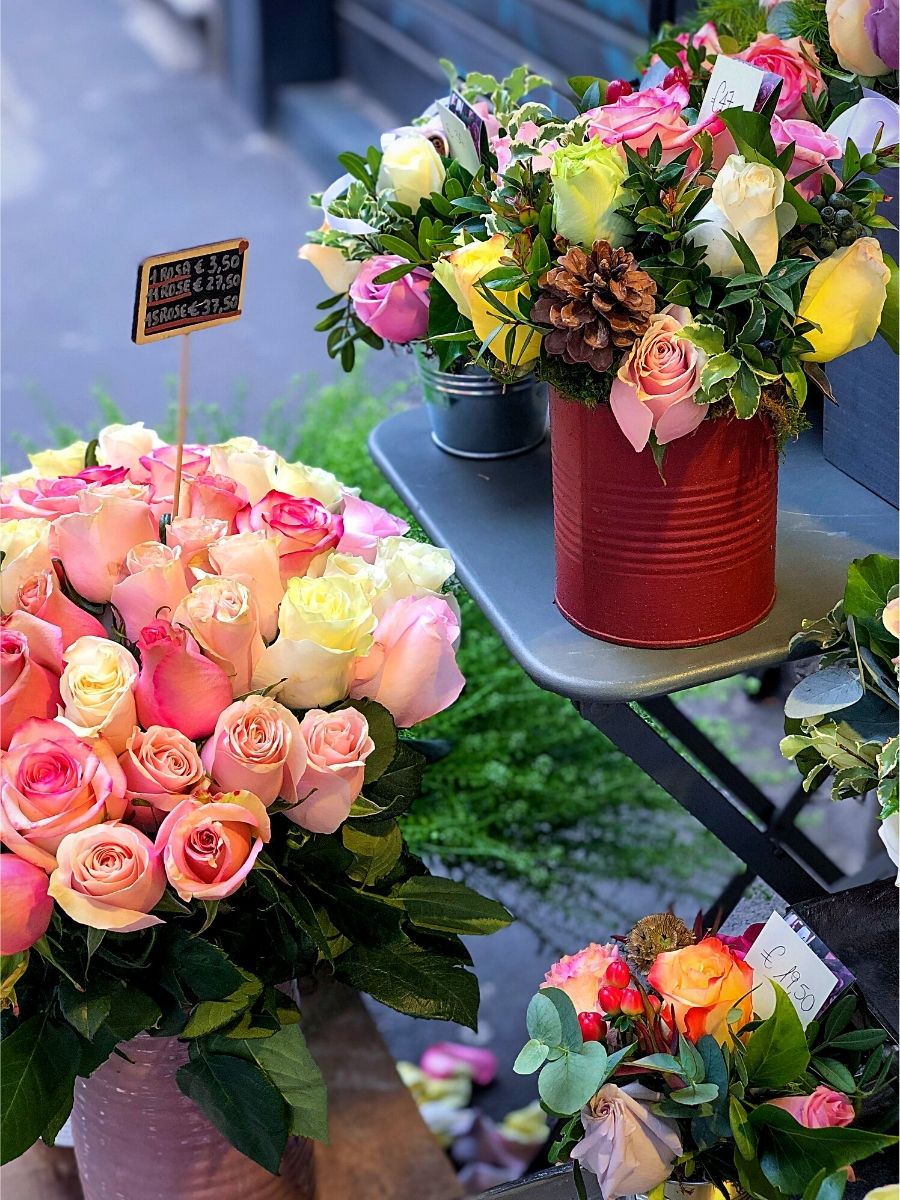
Photo by Ilaria De Bona
Firstly, for the .95 vs .99 debate, it turns out (from research carried out in 2000) that taking a penny off is mostly only useful if you’re reducing the left-hand digit in the price (for instance $30.00 to $29.99). This is a case of charm pricing. Changing £34 to $33.99 is of more limited use in encouraging customers to think of the design as cheaper. The best and most useful examples of charm pricing are when you manage to reduce the number of digits on the left of the decimal point (such as from $100 to £99.99 or $10 to $9.99).
The other psychological trick Harrods employs is doing away with the pence altogether. This is a case of prestige pricing. In this case, the shop is subconsciously sending you a message that they are more upmarket. The theory is, that if you are worried about the pence, maybe this isn’t the shop for you.
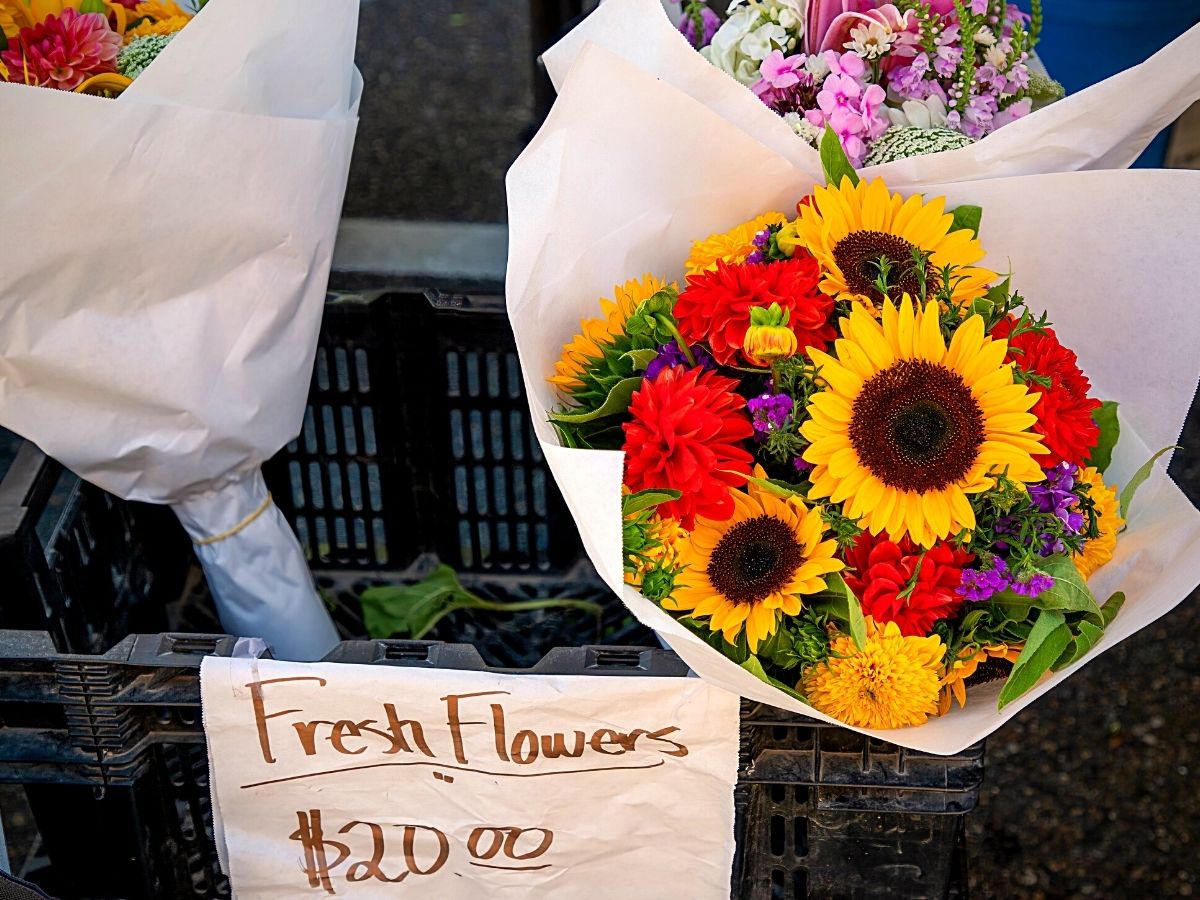
Photo by Cindy Shebley
Also, in case you're using whole-pound pricing, you don’t write the price as £50.00 but put £50 instead. This is another psychological trick to making the price appear lower, thereby mixing both the exclusivity and value aspects into the same price. Either way, there doesn’t seem to be much strength behind .95 pricing. It doesn’t fit with either charm or prestige pricing.
Charm Pricing Attracts Customers With Psychological Appeal
Charm pricing has numerous benefits. It, for instance, creates the perception of lower costs. The use of charm pricing creates an illusion of affordability, enticing customers to perceive the price as more economical than it actually is.
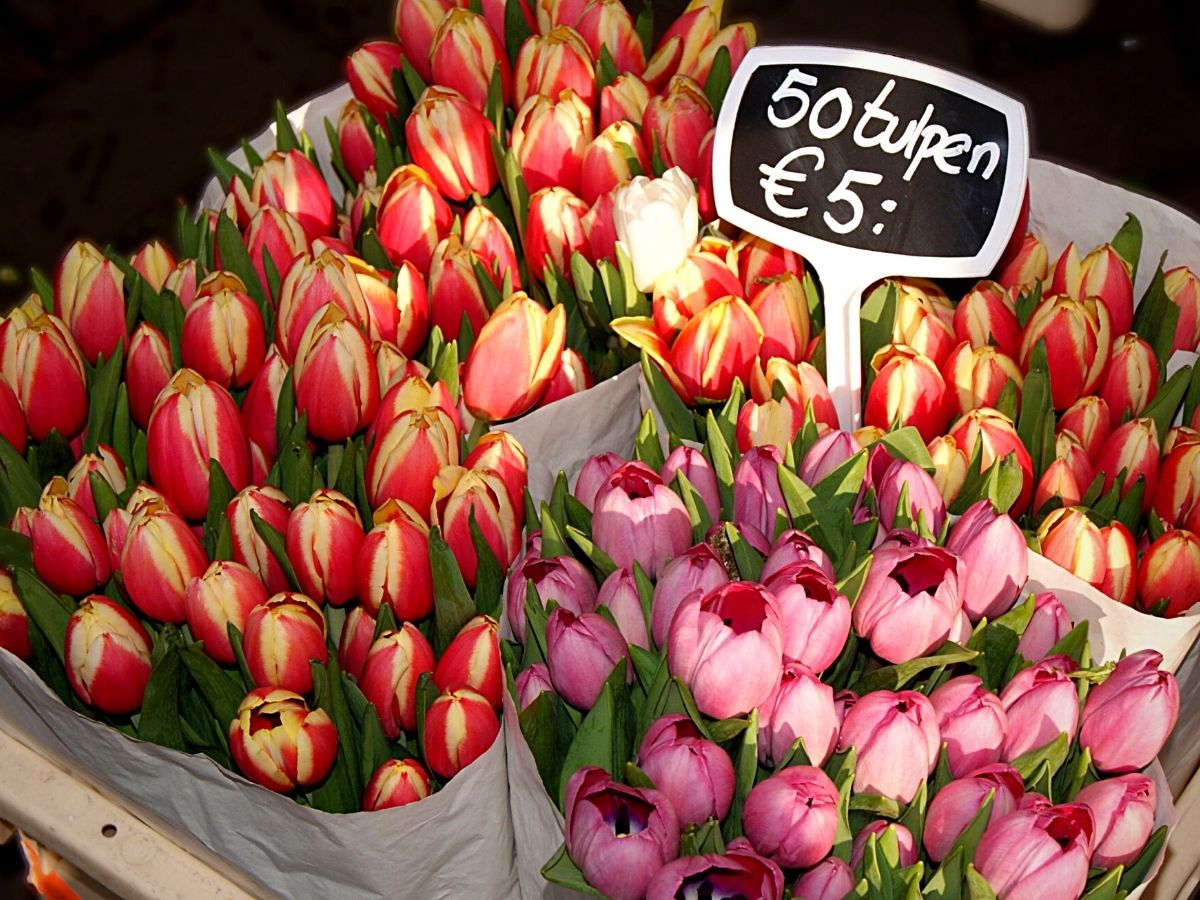
Photo by Terote
The psychological appeal of charm pricing can also stimulate impulse purchases, as customers are more likely to make spontaneous buying decisions when they perceive a product as a great deal. Likewise, prices that end in .99 are easier to mentally process and remember, making them more salient in customers' decision-making process.
What Are the Benefits of Charm Pricing in the Flower Industry?
Charm pricing can lead to higher sales volumes by leveraging consumers' tendency to perceive lower prices, encouraging them to make more frequent purchases. It also enhances the perceived value of the flower products. Employing charm pricing guarantees that the flower business creates a sense of value and affordability, attracting price-sensitive customers who are likelier to view their offerings as a good deal.
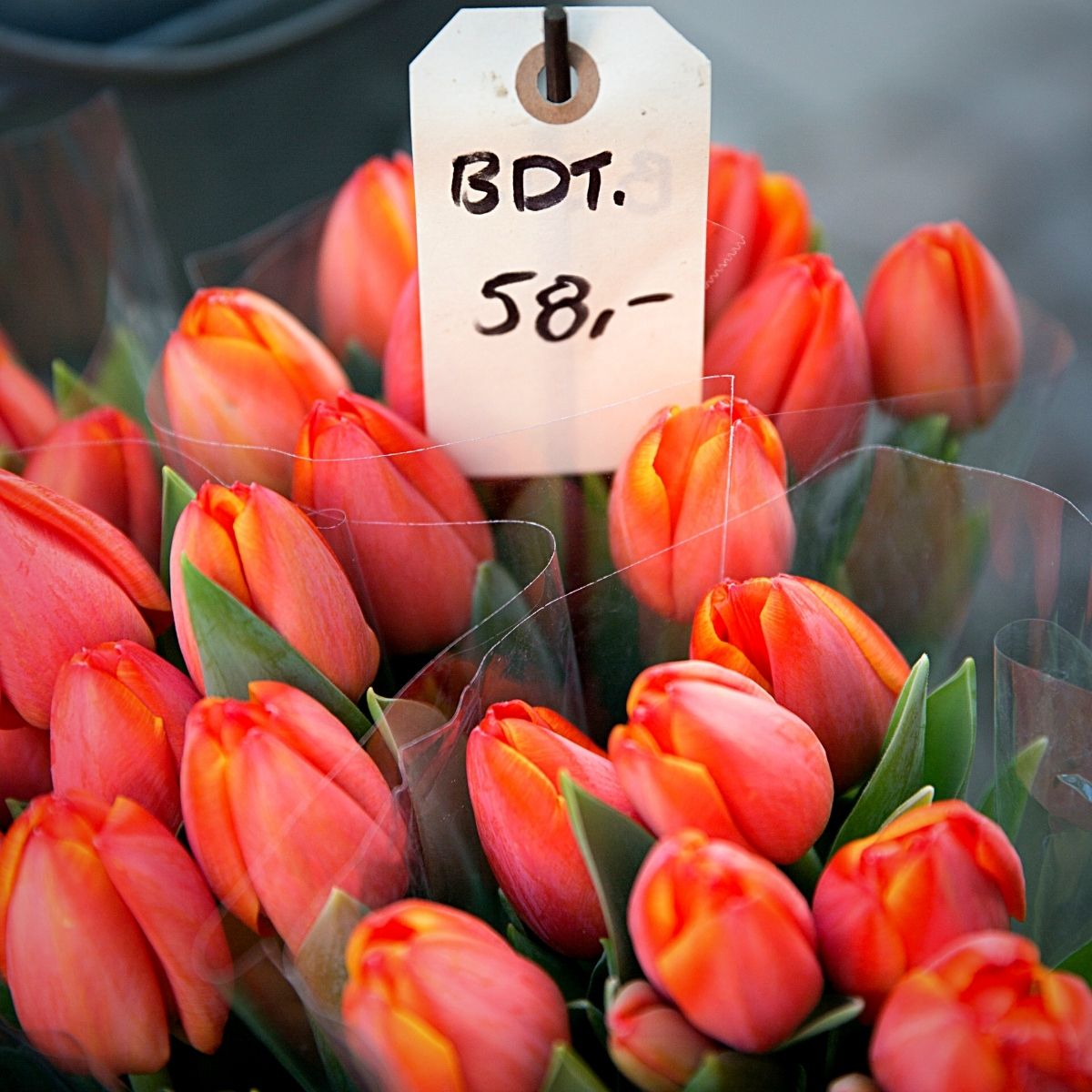
Photo by Marten Bjork
Furthermore, in a competitive market, charm pricing can give flower businesses an edge by making their prices appear more appealing compared to competitors who use round numbers.
Prestige Pricing Adds Elegance and Exclusivity to Floral Offerings
Prestige pricing, on the other hand, is more about the brand image and reputation. It enables flower businesses to cultivate an image of luxury, sophistication, and exclusivity, appealing to customers who desire premium floral arrangements. Higher prices create the perception of superior quality, craftsmanship, and attention to detail put into producing the products, positioning the floral offerings as exquisite and worth the premium. Essentially, prestige pricing sets the stage for creating a sense of exclusivity, making customers feel privileged to have access to unique and highly sought-after floral designs.
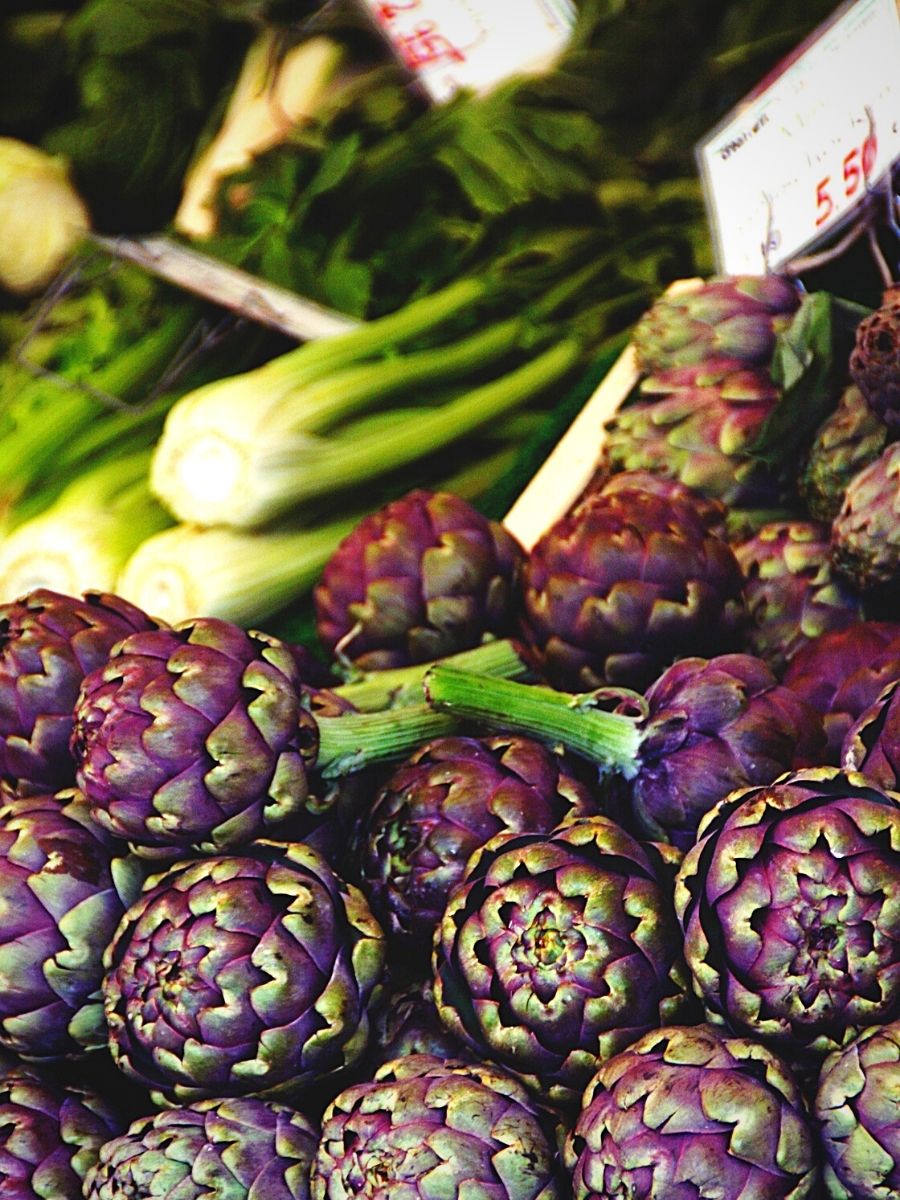
Photo by andreas160578
The Benefits of Prestige Pricing in the Flower Industry
Prestige pricing guarantees increased profit margins. By charging premium prices, flower businesses can achieve higher profit margins, offsetting the costs associated with providing superior quality products, personalized services, and unique designs.
It also helps flower businesses differentiate themselves from competitors, as customers perceive their offerings as distinct, luxurious, and incomparable, while at the same time attracting customers who are willing to pay a premium for exceptional floral designs. This allows businesses to focus on a niche market and develop long-term relationships with high-value clients.
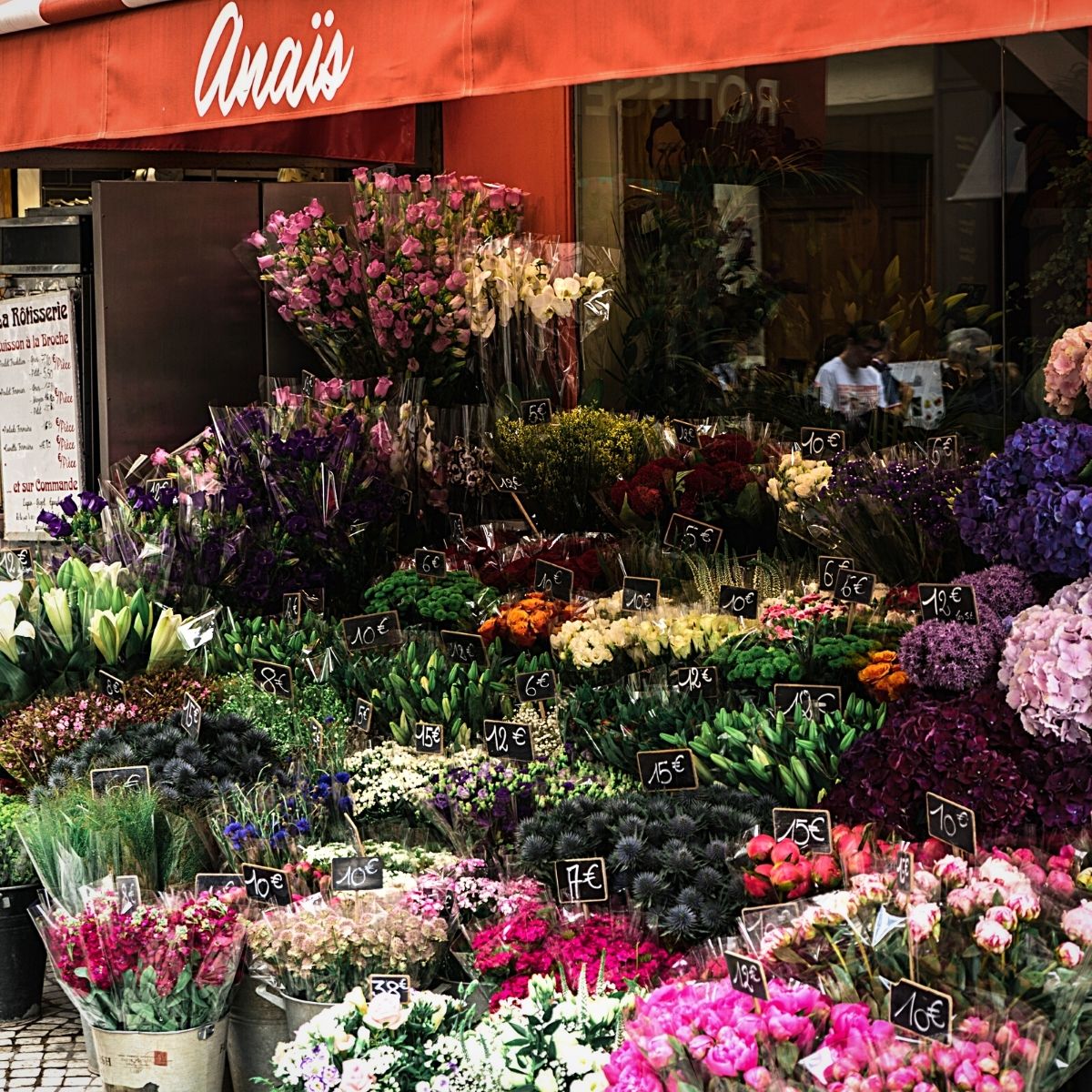
Photo by Artiom Vallat
What Is Their Impact on the Overall Flower Business?
Implementing charm and prestige pricing models within the flower business has a significant impact on the overall landscape. These pricing strategies contribute to the elevation of the business’s reputation by emphasizing the artistry, elegance, and craftsmanship involved in floral design.
Moreover, they nurture healthy competition, encouraging floral businesses to continually innovate and provide exceptional products and services to meet the discerning demands of customers seeking charm and prestige.
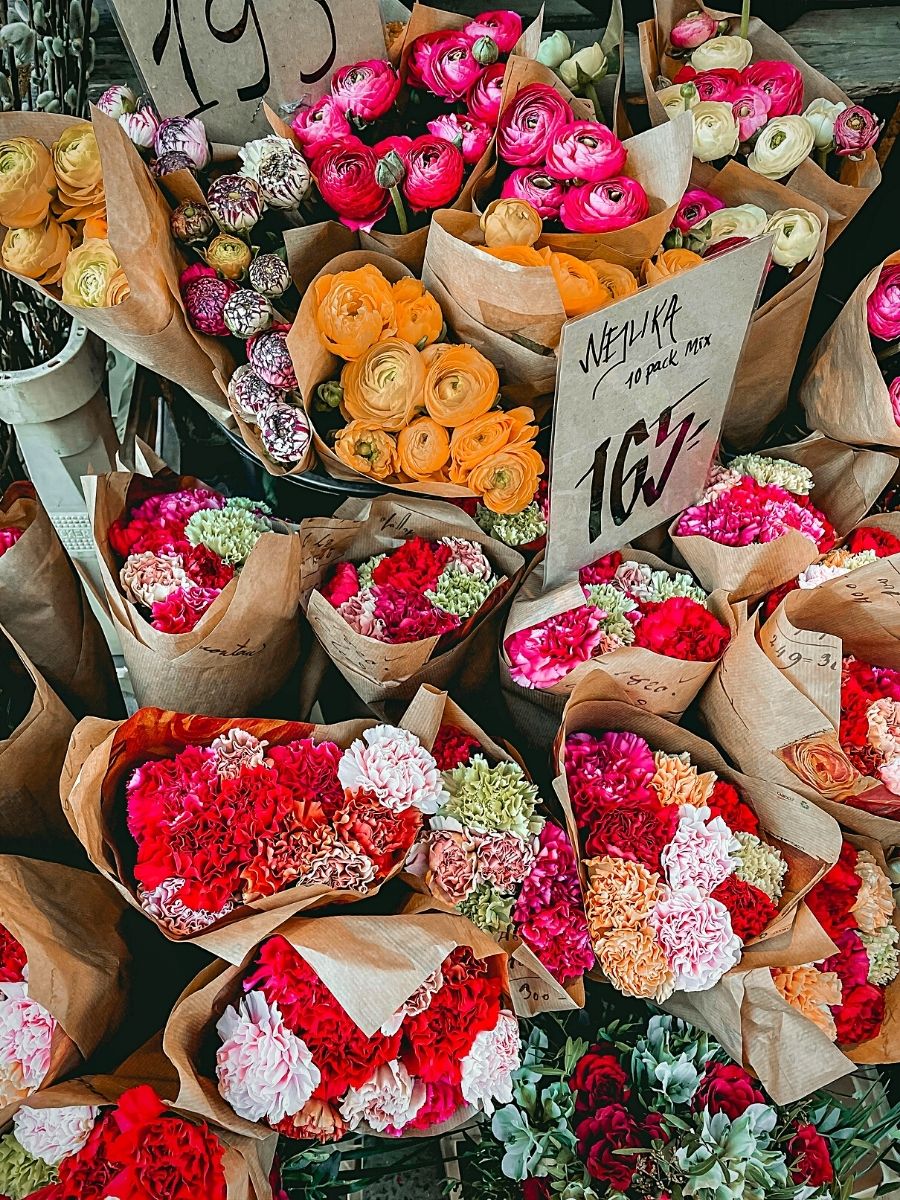
Photo by Kosaris M
In general, both these pricing models offer benefits such as increased sales volume, enhanced perceived value, higher profit margins, brand differentiation, and targeted customer base. In implementing them flower businesses can attract customers, cultivate a prestigious brand image, and contribute to their overall growth and success.
You can also read about marketing ideas to increase your flower sales and also how SEO can boost your floral sales as well.
Feature image by Ilaria De Bona, header image by Danielle Barnes.

